
How to Combat and Recover From APTs
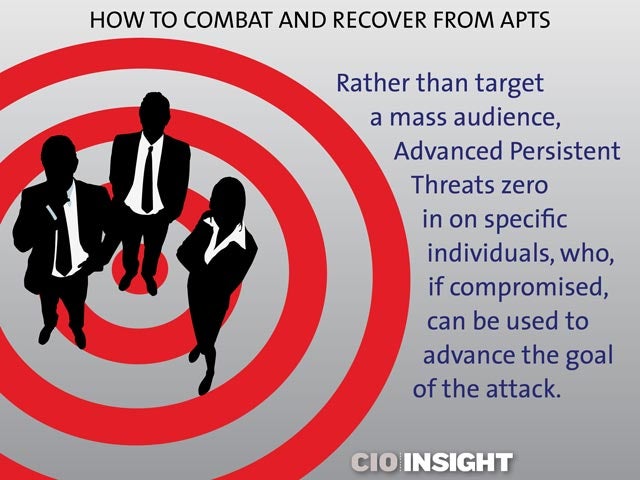 How to Combat and Recover From APTs
How to Combat and Recover From APTs
Rather than target a mass audience, Advanced Persistent Threats zero in on specific individuals, who, if compromised, can be used to advance the goal of the attack.
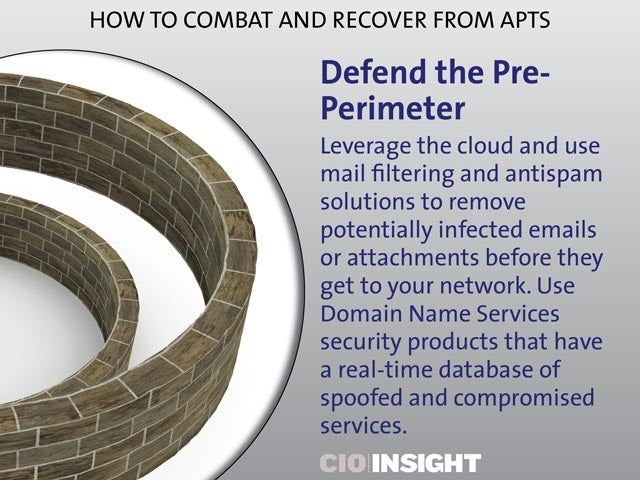 Defend the Pre-Perimeter
Defend the Pre-Perimeter
Leverage the cloud and use mail filtering and antispam solutions to remove potentially infected emails or attachments before they get to your network. Use Domain Name Services security products that have a real-time database of spoofed and compromised services.
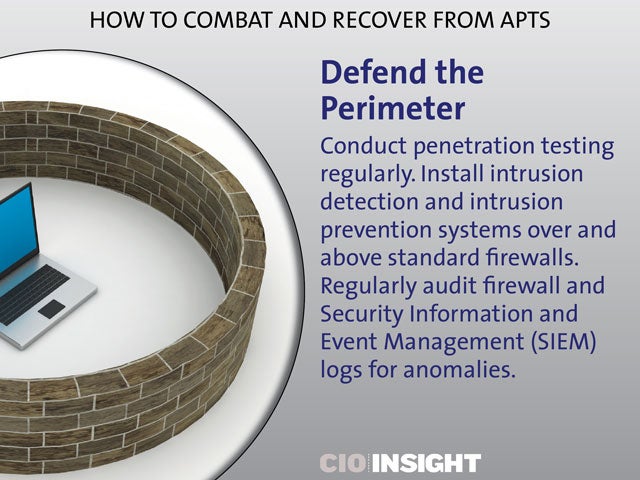 Defend the Perimeter
Defend the Perimeter
Conduct penetration testing regularly. Install intrusion detection and intrusion prevention systems over and above standard firewalls. Regularly audit firewall and Security Information and Event Management (SIEM) logs for anomalies.
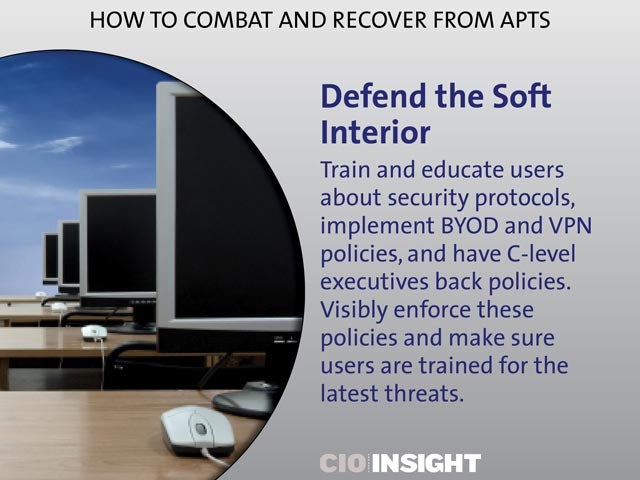 Defend the Soft Interior
Defend the Soft Interior
Train and educate users about security protocols, implement BYOD and VPN policies, and have C-level executives back policies. Visibly enforce these policies and make sure users are trained for the latest threats.
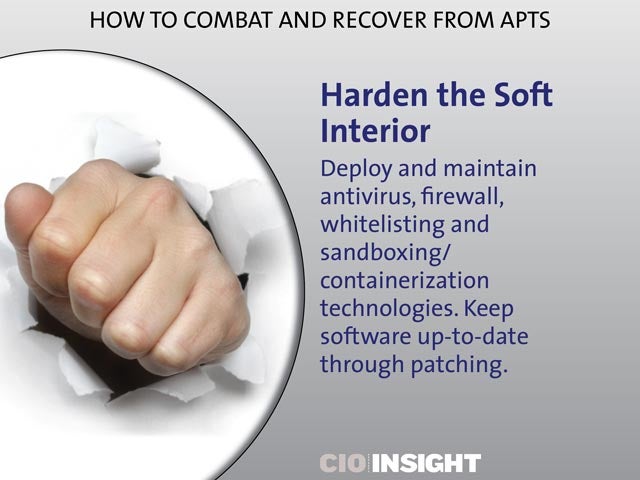 Harden the Soft Interior
Harden the Soft Interior
Deploy and maintain antivirus, firewall, whitelisting and sandboxing/containerization technologies. Keep software up-to-date through patching.
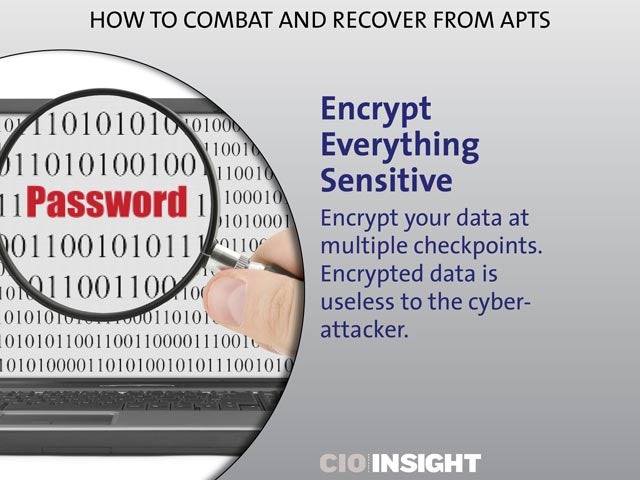 Encrypt Everything Sensitive
Encrypt Everything Sensitive
Encrypt your data at multiple checkpoints. Encrypted data is useless to the cyber-attacker.
 Backup, Backup, Backup and Then Restore
Backup, Backup, Backup and Then Restore
Back up using three methods: File backup to off-site storage for organizational recovery. File backup to local storage for immediate volume recovery. File backup to local storage for immediate file recovery. Fully test backups by restoring critical data and verifying the data’s integrity.
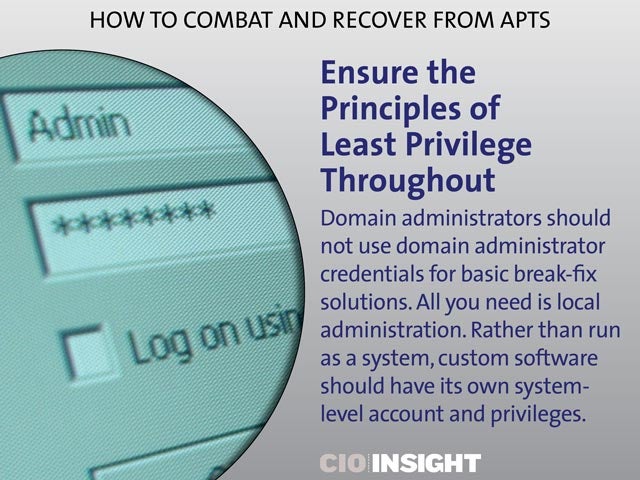 Ensure the Principles of Least Privilege Throughout
Ensure the Principles of Least Privilege Throughout
Domain administrators should not use domain administrator credentials for basic break-fix solutions. All you need is local administration. Rather than run as a system, custom software should have its own system-level account and privileges.
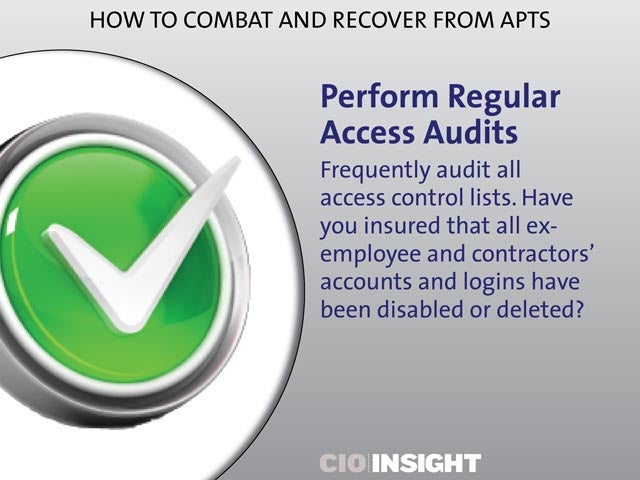 Perform Regular Access Audits
Perform Regular Access Audits
Frequently audit all access control lists. Have you insured that all ex-employee and contractors’ accounts and logins have been disabled or deleted?
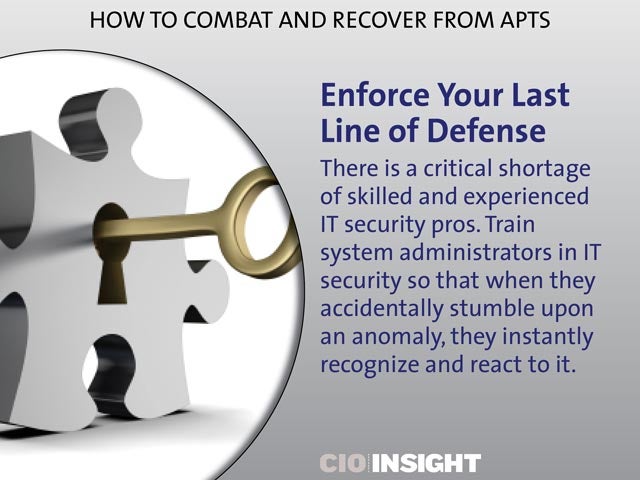 Enforce Your Last Line of Defense
Enforce Your Last Line of Defense
There is a critical shortage of skilled and experienced IT security pros. Train system administrators in IT security so that when they accidentally stumble upon an anomaly, they instantly recognize and react to it.